20 February 2025
If I told you that small-town living is making a big comeback, would you believe me? It sounds like a plot twist in one of those feel-good Hallmark movies, right? But it’s true. Rural housing markets are booming, and people are packing their bags and heading away from the hustle and bustle of city life to embrace the charm and simplicity of small-town living. So, what’s behind this shift to the slower lane? Let’s dig in and unpack why rural areas are suddenly hot property (pun intended). 
What’s Driving the Small-Town Comeback?
Picture this: You’re sitting on your porch with a cup of coffee in hand, overlooking rolling hills or a quiet neighborhood where everyone knows your name. Sounds idyllic, doesn’t it? That’s the allure of small towns. But the driving forces behind the rural housing market resurgence go deeper than just aesthetics and nostalgia.1. The Remote Work Revolution
Here’s the deal: The pandemic didn’t just change the way we live; it completely upended the way we work. With companies embracing remote setups, workers are no longer tethered to big cities. Why pay sky-high rents for a shoebox apartment when you can work from a spacious home in a small town—and for a fraction of the cost?Small towns now offer what many city dwellers crave: affordable housing, peace, and space to spread out. Remote work has essentially removed the geographical leash, giving millions the freedom to choose lifestyle over location.
2. Affordable Housing Is the Ultimate Game-Changer
Let’s not beat around the bush—housing in urban areas is ridiculously expensive. The housing crisis has turned owning property in metropolitan hubs into a distant dream for many. But smaller towns? They’re still within reach.The cost of living in rural areas is significantly lower, making it possible for families and individuals to buy homes instead of being stuck in the renting cycle. Plus, who doesn’t love the idea of getting more bang for their buck? A four-bedroom house on a generous piece of land in a small town often costs less than a one-bedroom apartment in the city.
3. Quality of Life Just Hits Different
Let’s face it: Cities can be chaotic. There’s traffic, noise, pollution, and the overwhelming pace of life that leaves many feeling burned out. Small towns, on the other hand, offer a slower, more intentional way of living.Fresh air, close-knit communities, and less stress? It’s a no-brainer for those looking to prioritize their mental health and well-being. Imagine trading your noisy city neighbors for chirping crickets at night. That’s the kind of trade-off many are looking for. 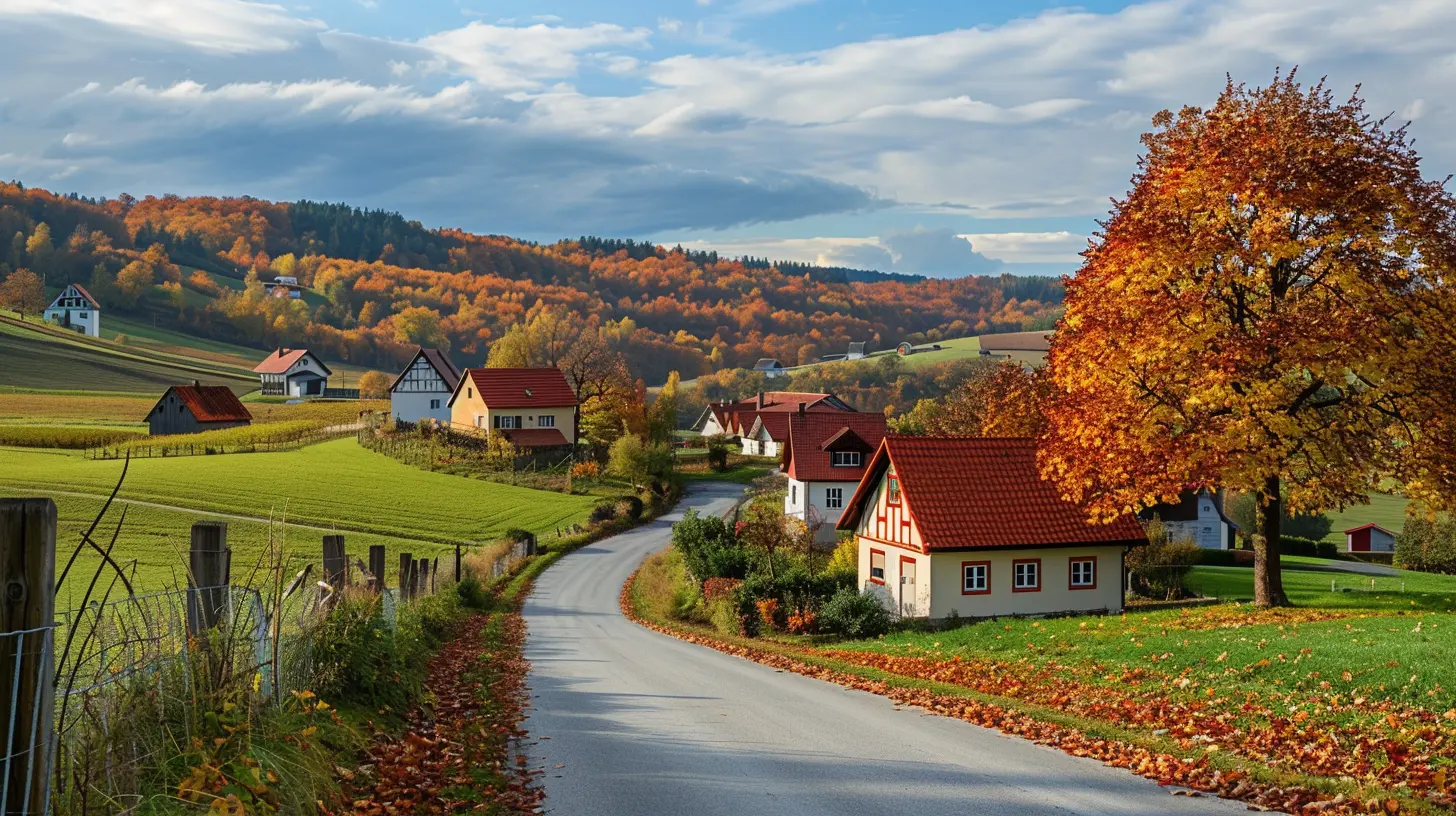
Why Small-Town Living isn’t Just for Retirees
For years, small towns were seen as havens for retirees looking to settle down and enjoy their golden years. But here’s the plot twist: It’s not just retirees who are flocking to rural areas. Millennials and young families are leading the charge.1. Millennials Want Roots, Not Rent
Millennials (yes, those avocado-toast-loving 20- and 30-somethings) are tired of renting. They’re prioritizing stability and community—two things rural towns have in abundance. Plus, millennials were the generation hit hardest by the urban housing crunch, pushing many to reconsider the whole "big city dream."Small towns offer an opportunity to not only buy a home but also build equity, invest in their future, and finally get that home office they've been fantasizing about.
2. Families Are Seeking Safe Havens
Small towns are often portrayed as Mayberry-like settings for a reason. They’re safe, close-knit, and family-friendly. Parents want their kids to grow up in places where they can ride their bikes around without worry and play in wide-open spaces.Schools, community involvement, and a slower lifestyle make small towns incredibly attractive to families. And let’s not overlook the appeal of backyard BBQs and block parties. 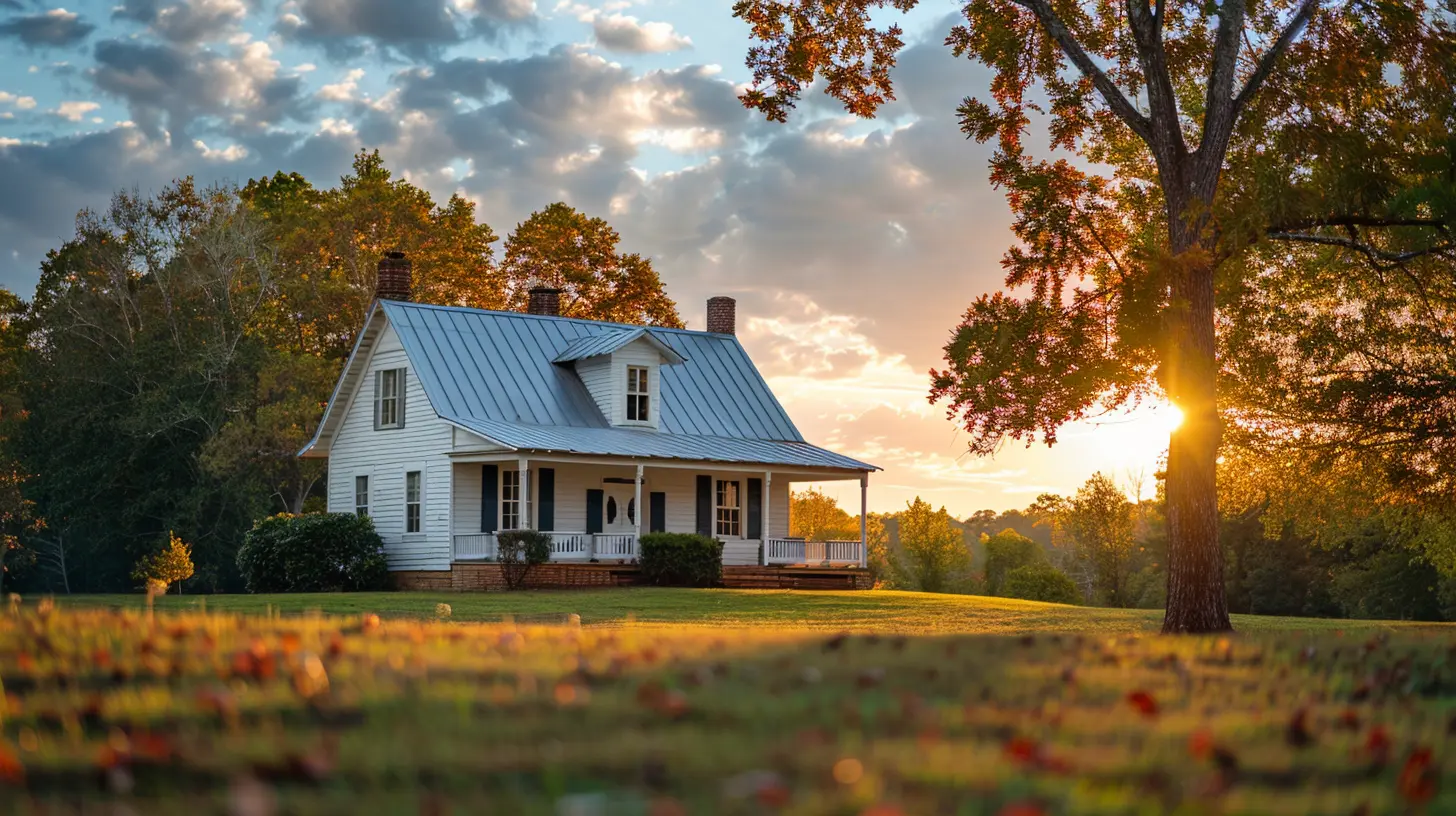
The Challenges of Rural Housing Markets
Okay, so it’s not all sunshine and roses. As idyllic as small-town living may seem, the rural housing comeback hasn’t been without its challenges.1. Limited Housing Inventory
You know how they say everyone wants what’s rare? That’s exactly the situation in many small towns. With the surge in demand, housing inventory is tight—and prices are beginning to reflect that. Many rural housing markets are facing increased competition among buyers, especially in towns within commuting distance of cities.2. Infrastructure and Amenities
Look, small-town charm is great, but it also comes with its quirks. For instance, not every rural area has fast internet, and some lack the conveniences many city dwellers take for granted—like trendy coffee shops or 24-hour fitness centers.However, as the demand for small-town living grows, we’re seeing improvements in infrastructure and amenities. High-speed internet, for example, is becoming more widely available in rural America thanks to increased investment in broadband expansion. 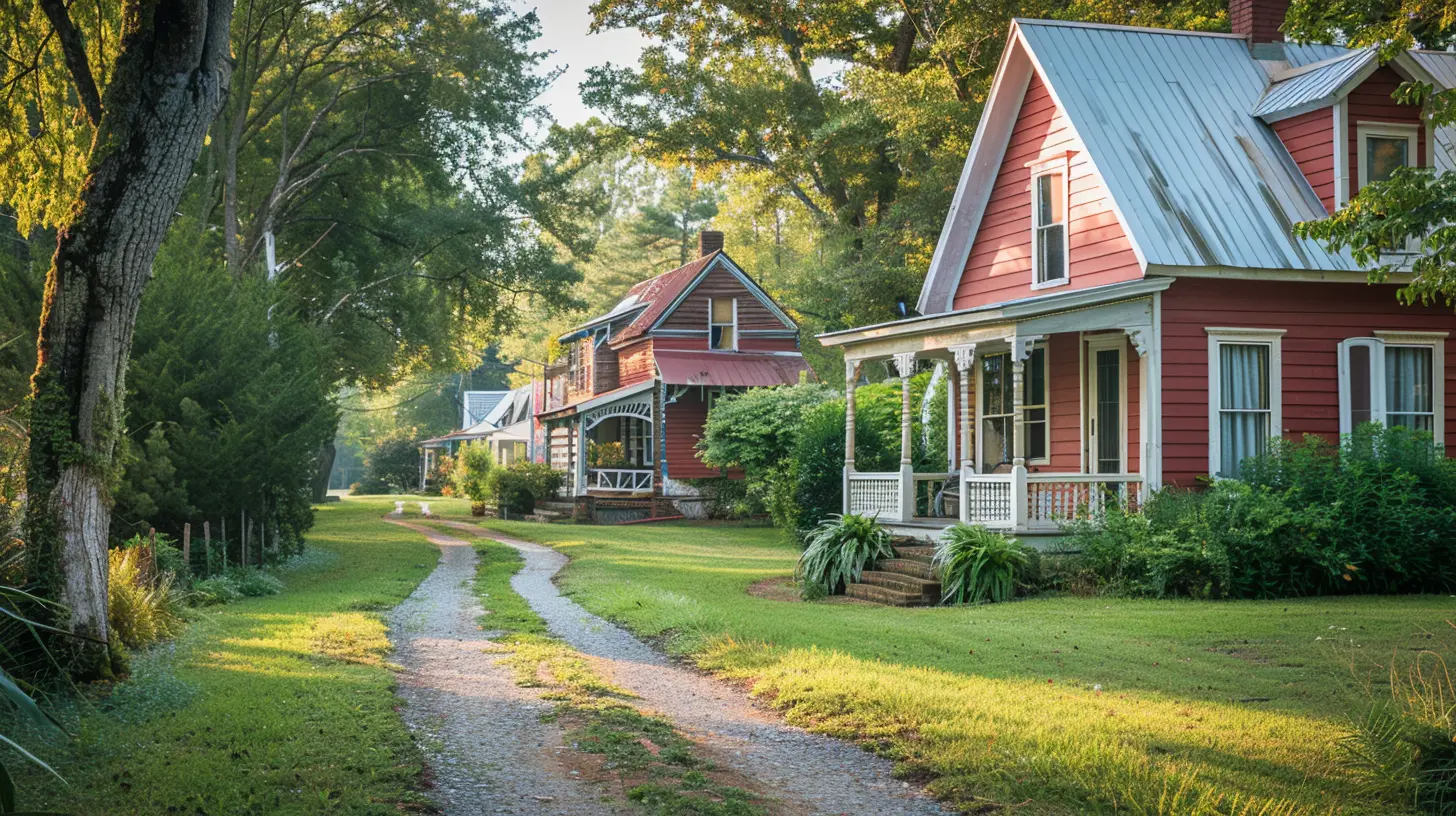
Real Estate Trends to Watch in Rural Areas
If you’re considering hopping on the small-town living bandwagon or just curious about the market, here are some trends worth paying attention to:1. Mixed-Use Developments Are on the Rise
Small towns are adapting to meet the needs of their new residents by embracing mixed-use developments. These are areas where residential and commercial properties coexist, creating a mini hub of activity. Think walkable downtowns filled with local businesses and apartments or condos above.2. Eco-Friendly Housing Takes Center Stage
Sustainability isn’t just a city trend. Rural buyers are also showing interest in eco-friendly homes, including solar panels, energy-efficient appliances, and even tiny houses. These options allow residents to embrace a low-impact lifestyle while enjoying the perks of rural living.3. Urbanites Are Opting for Weekend Homes
Not everyone is ready to fully jump into small-town life, but many city dwellers are buying second homes in rural areas. These weekend retreats offer a chance to recharge and escape the chaos of city life. As a result, vacation homes in rural markets are becoming hotter commodities.Small-Town Living: Is It Right for You?
Okay, let’s get real. Small-town living isn’t for everyone. If you thrive on the energy of city life, love having endless dining options at your fingertips, and can’t imagine living without Uber at 2 a.m., then rural areas might not be your jam. And that’s okay.But if you’re looking for a little breathing room, a lower cost of living, and a community that feels like family, small-town life may just be the life upgrade you never knew you needed.
It’s also worth mentioning that the shift to rural living doesn’t mean you have to give up on city perks altogether. Many small towns are located within an hour or two of major metro areas, giving you the best of both worlds: peace and quiet when you want it, and city energy when you need it.
Final Thoughts
The rural housing market is thriving, and for good reason. The combination of affordability, quality of life, and the new work-from-anywhere trend has made small-town living more appealing than ever. Whether you’re a millennial looking for a starter home, a family craving space, or someone simply in search of a slower-paced life, small towns might just be the answer.Small-town living isn’t just a trend—it’s a movement. And who knows? Maybe that idyllic porch I painted a picture of earlier will soon be yours.

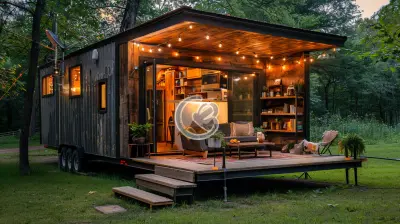


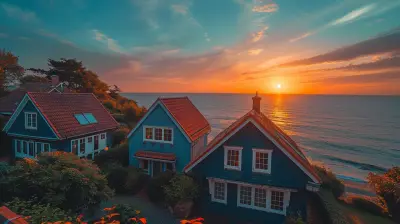



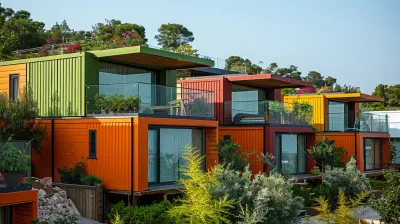


Harley Gilbert
The resurgence of small-town living highlights a shift in lifestyle preferences, driven by affordability and remote work flexibility. Rural housing markets offer unique opportunities for buyers seeking community and tranquility.
March 18, 2025 at 5:53 AM